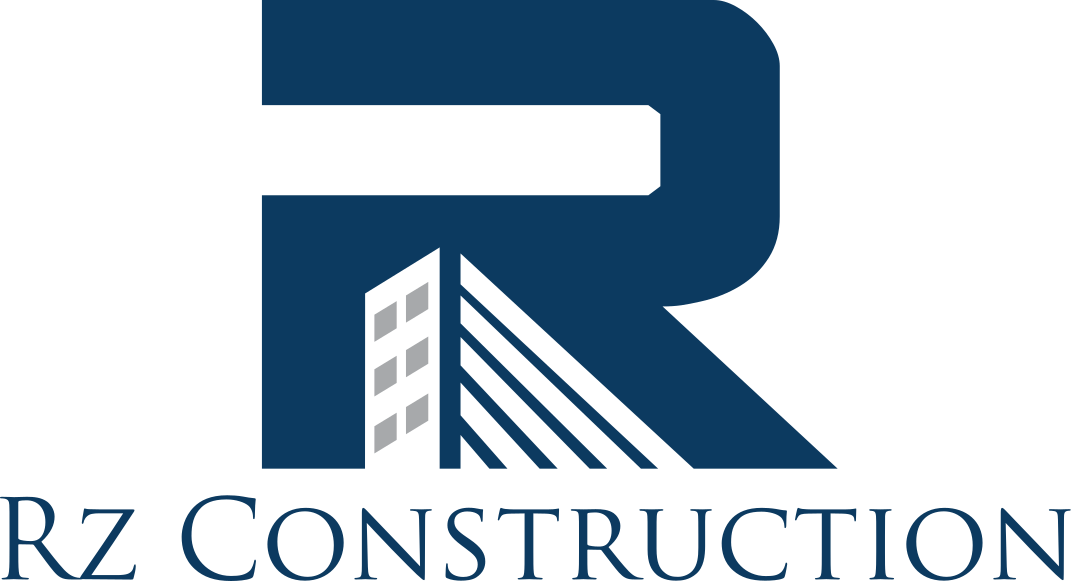Brick pointing, the process of renewing the external part of mortar joints in masonry construction, is crucial for maintaining the integrity and appearance of brick buildings. Over time, weathering and decay cause voids in the joints between bricks, necessitating repair. This guide provides essential do’s and don’ts to help homeowners manage their brick-pointing projects effectively.
Understanding Brick Pointing
Before diving into the specifics, it’s important to understand what brick pointing is and why it’s necessary. Properly done, pointing restores the visual and physical integrity of the masonry, helping to prevent water entry and structural damage.
Do’s of Brick Pointing
Do Assess the Need for Pointing
- Inspect Regularly: Check your brickwork annually for signs of mortar deterioration, such as cracking, flaking, or receding.
- Consult Professionals: If you need clarification about the condition of your masonry, consult a professional mason to assess whether pointing is required.
Do Match the Mortar
- Analyze the Existing Mortar: Use a professional analysis to determine the composition of the original mortar. The new mortar should match in color, composition, and compressive strength to ensure compatibility and prevent damage.
- Color Matching: Take a piece of the existing mortar to a specialist or use a custom mix to match the color accurately.
Do Use the Right Tools and Techniques
- Tools for the Job: Use tools like a pointing trowel, hawk, and joint raker appropriate for the size and shape of your mortar joints.
- Proper Technique: Remove old mortar to a depth of at least twice the width of the joint to ensure a good bond for the new mortar.
Do Focus on Timing and Weather
- Ideal Conditions: Perform brick pointing on a dry day, ideally at temperatures between 50°F and 70°F. Avoid extreme temperatures as they can cause the mortar to dry too quickly or slowly, impacting its strength.
- Curing Time: Allow the mortar to cure slowly, keeping it damp by lightly misting over several days to prevent cracking.
Don’ts of Brick Pointing
Don’t Rush the Preparation
- Avoid Shallow Removal: Refrain from skimping when removing damaged or loose mortar. Inadequate removal can lead to poor bonding and longevity of the pointing.
- Don’t Damage the Bricks: Use gentle tools and techniques to avoid chipping or breaking the bricks during mortar removal.
Don’t Use Incorrect Mortar Mix
- Avoid Modern Cement Mixes: Do not use a hard cement mix unless it matches the existing mortar. Older buildings typically require a lime-based mortar rather than modern cement mixes, which can be too rigid and cause bricks to crack.
- Incompatibility: Using a harder mortar than the existing mortar can lead to further masonry deterioration.
Don’t Neglect Weather Protection
- Protect Fresh Mortar: Cover newly pointed areas with a tarp or plastic sheet if unexpected rain occurs within 24 hours of application.
- Avoid Freezing Conditions: Never point bricks in freezing temperatures, as the mortar can freeze, leading to expansion and damage.
Don’t Overlook Aesthetic Consistency
- Consistent Application: Ensure that the pointing style matches the rest of the building to maintain aesthetic consistency. Being consistent includes the finish and profile of the joint.
- Trial Area: First, apply mortar to a small, inconspicuous area to check the finish and color match before proceeding with the project.
Effective brick-pointing requires careful preparation, the right materials, and meticulous technique. By following these do’s and don’ts, homeowners can ensure their brick pointing not only enhances the appearance of their property but also contributes to its long-term durability and structural integrity. Consider consulting with or hiring a professional mason to guarantee the best results.
